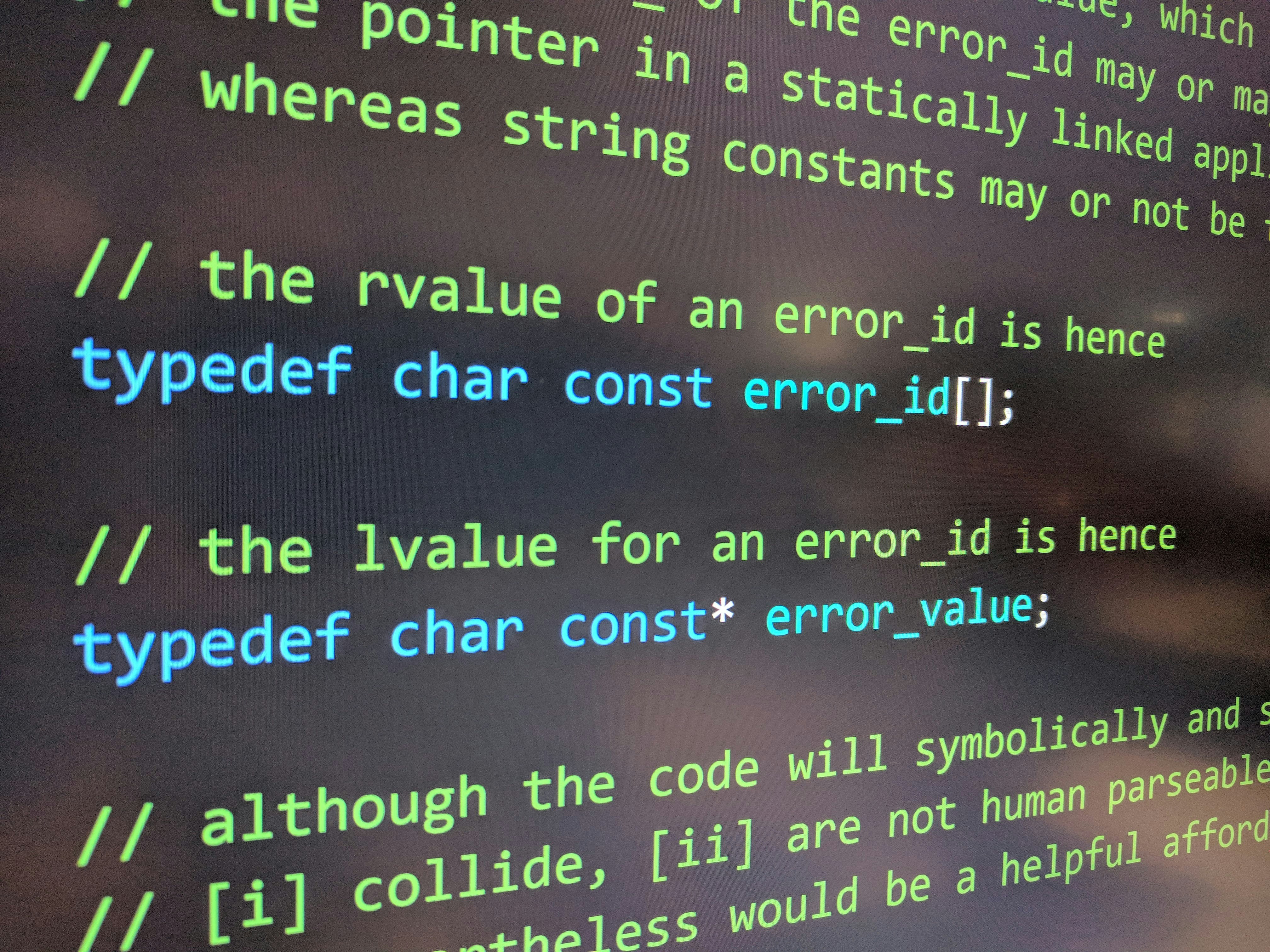
Operating System
Development
Build operating systems from scratch understanding kernel architecture and system programming. This intensive program covers bootloaders, memory management, and process scheduling algorithms.
What You'll Learn
This comprehensive program provides deep technical knowledge in operating system architecture and implementation. You'll work through the complete process of building a functional operating system, starting from the bootloader and progressing through kernel initialization, memory management subsystems, and process scheduling mechanisms.
The curriculum emphasizes hands-on implementation. Each module includes laboratory sessions where you write actual kernel code, debug system-level issues, and observe how low-level software interacts with hardware. You'll gain practical experience with x86 and ARM architectures, working with both virtual machines and development boards.
Students learn interrupt handling, device driver development, and file system implementation. The program covers virtual memory systems, inter-process communication mechanisms, and security features that modern operating systems require. By course completion, participants will have built a minimal but functional operating system capable of managing processes, handling interrupts, and coordinating hardware resources.
Core Components
- ▸ Bootloader development and system initialization
- ▸ Memory allocation and virtual memory systems
- ▸ Process creation, context switching, scheduling
- ▸ Interrupt handling and system calls
Advanced Topics
- ▸ File system structures and implementation
- ▸ Device driver architecture and development
- ▸ Synchronization primitives and concurrency
- ▸ Security mechanisms and protection rings
Learning Outcomes
Participants completing this program gain practical expertise in system-level programming and kernel development. The structured approach ensures students build foundational knowledge before progressing to complex topics, resulting in comprehensive understanding of operating system internals.
Recent cohorts from October 2025 have successfully implemented functional operating systems with working schedulers, memory managers, and file systems. Students typically progress from writing simple bootloaders in early weeks to implementing multi-threaded kernel code with proper synchronization by program end.
The technical skills acquired translate directly to professional work in systems programming, embedded development, and infrastructure software. Graduates are prepared to contribute to kernel development projects, create custom firmware solutions, or work on low-level system optimization tasks in various computing environments.
Tools and Technologies
The program utilizes professional development tools and environments used in actual kernel development. Students work with QEMU and VirtualBox for system testing, GDB for kernel debugging, and cross-compilation toolchains for multiple architectures. The laboratory infrastructure provides access to both x86-64 and ARM development platforms.
Version control through Git enables collaborative development and code review processes. Students use NASM and GAS assemblers for low-level code, while C remains the primary implementation language for kernel components. Make and CMake handle build automation across different target platforms.
Development Environment
- • GCC and Clang compiler suites
- • GDB kernel-mode debugging
- • QEMU and VirtualBox emulation
- • JTAG hardware debuggers
- • Bochs x86 emulator
Technical Resources
- • Development board access (ARM, x86)
- • Assembly language toolchains
- • Kernel source code repositories
- • Technical documentation libraries
- • Virtual machine infrastructure
Development Standards
The program follows established software engineering practices for system-level development. Code reviews ensure adherence to kernel coding standards, while testing protocols verify functionality across different hardware configurations. Students learn proper documentation practices and maintain technical specifications for their implementations.
Laboratory work follows structured protocols to prevent system corruption and data loss. Virtual machine snapshots enable safe experimentation, while hardware development occurs on dedicated boards isolated from production systems. Version control practices ensure code history preservation and collaborative development workflows.
Code Quality
Peer reviews and automated testing ensure reliable kernel code
Documentation
Comprehensive technical documentation for all implementations
Safe Testing
Isolated environments prevent system damage during development
Who Should Enroll
This program targets software developers with solid C programming experience who want to understand operating system internals. Computer science students preparing for systems programming roles or thesis work in OS research find the curriculum particularly relevant. The technical depth suits those planning careers in embedded systems, kernel development, or infrastructure software.
Prerequisites include proficiency in C programming, basic understanding of computer architecture, and familiarity with command-line environments. While assembly language experience helps, the program covers necessary assembly concepts as they arise. Participants should be comfortable with algorithms, data structures, and have completed undergraduate coursework in computer organization or equivalent experience.
Recommended Background
- ✓ Strong C programming skills
- ✓ Computer architecture fundamentals
- ✓ Linux or Unix command line proficiency
- ✓ Data structures and algorithms knowledge
Career Applications
- ▸ Systems programming positions
- ▸ Embedded software development
- ▸ Kernel development roles
- ▸ Infrastructure and platform engineering
Measuring Your Progress
The program incorporates continuous assessment through weekly laboratory assignments and coding projects. Each module concludes with practical implementation tasks that demonstrate mastery of covered concepts. Students receive detailed code reviews with technical feedback on architecture decisions, implementation approaches, and optimization opportunities.
Progress tracking occurs through milestone projects that build upon previous work. Week four requires a functional bootloader, week eight demands working memory management, and week twelve expects a complete minimal operating system. Automated testing verifies correct behavior across different scenarios, while manual review assesses code quality and architectural choices.
Assessment Methods
- • Weekly coding assignments
- • Module completion projects
- • Code review sessions
- • Technical documentation evaluation
- • Final capstone OS project
Progress Indicators
- • Automated test suite results
- • Code quality metrics
- • Implementation milestones
- • Peer review feedback
- • Instructor evaluations
Begin Your OS Development Journey
Join the next cohort and gain expertise in kernel programming and system architecture. Limited enrollment ensures personalized instruction and adequate laboratory resources.
Explore Related Programs
Expand your system-level expertise with complementary technical courses.

Compiler Construction
Design and implement programming language compilers covering all compilation phases. Learn lexical analysis, parsing, code optimization, and code generation.

Embedded Systems Programming
Develop firmware and software for resource-constrained embedded devices. Master microcontroller programming, RTOS concepts, and hardware interfaces.